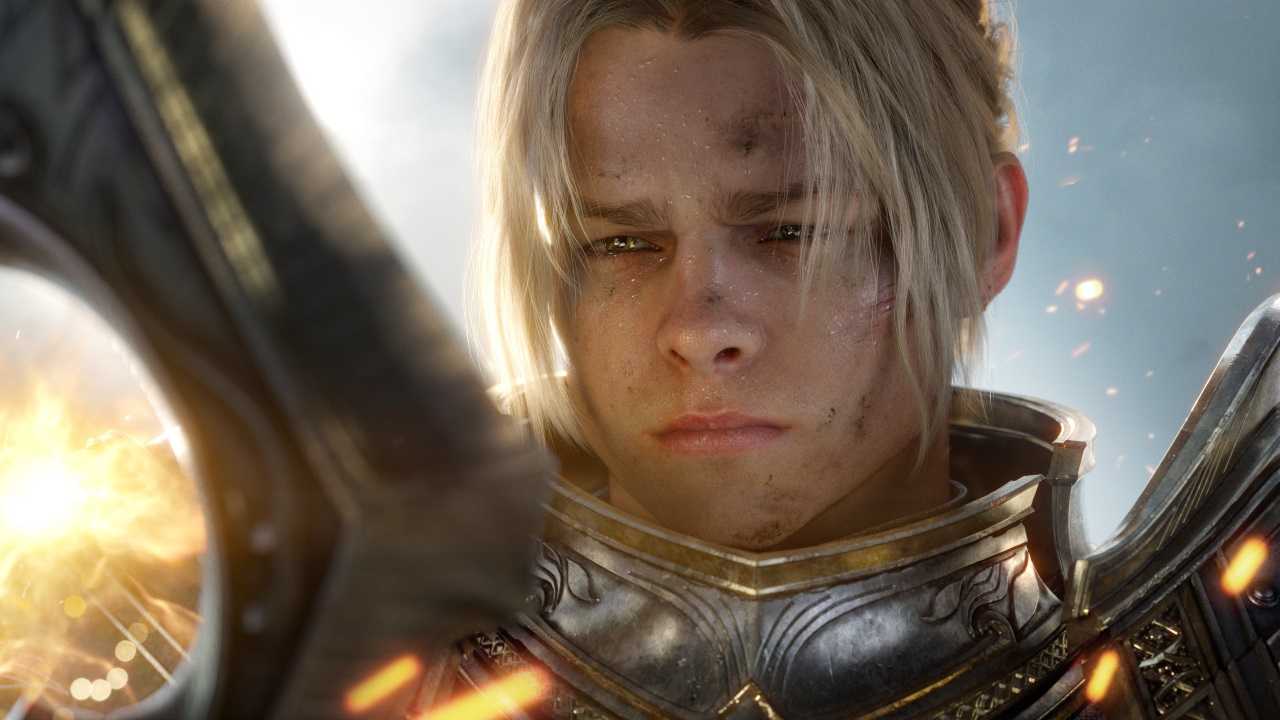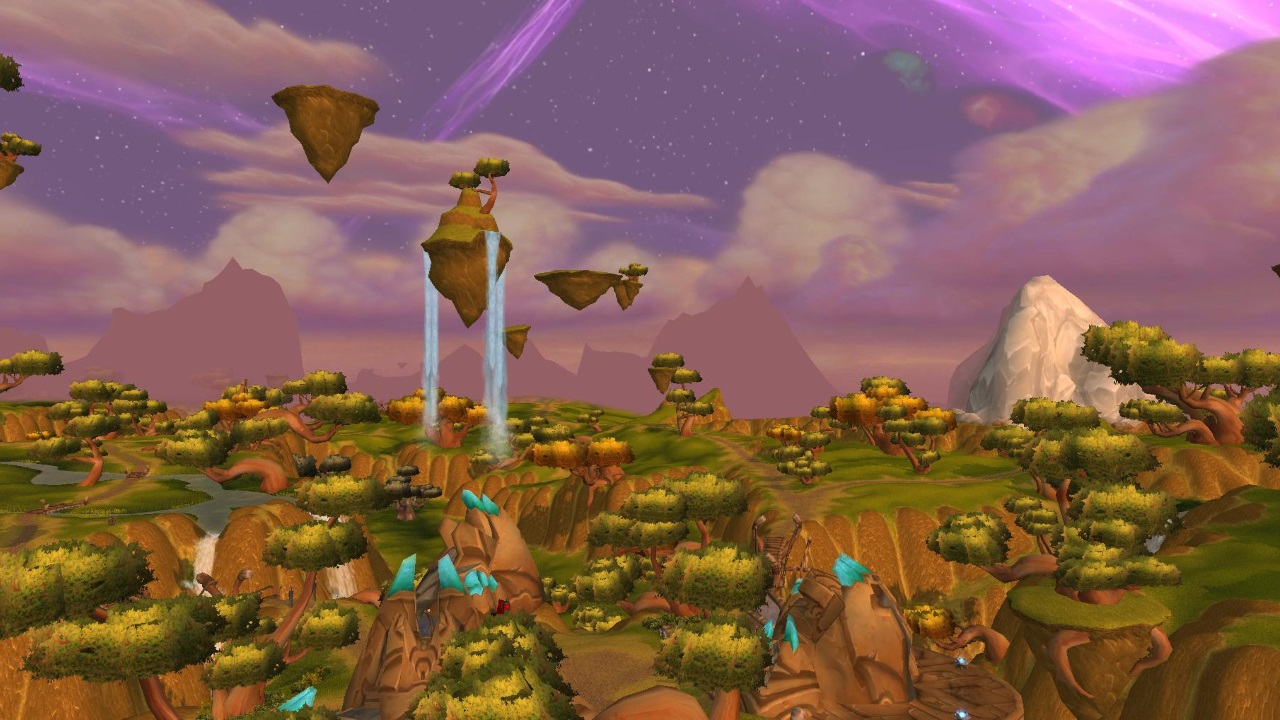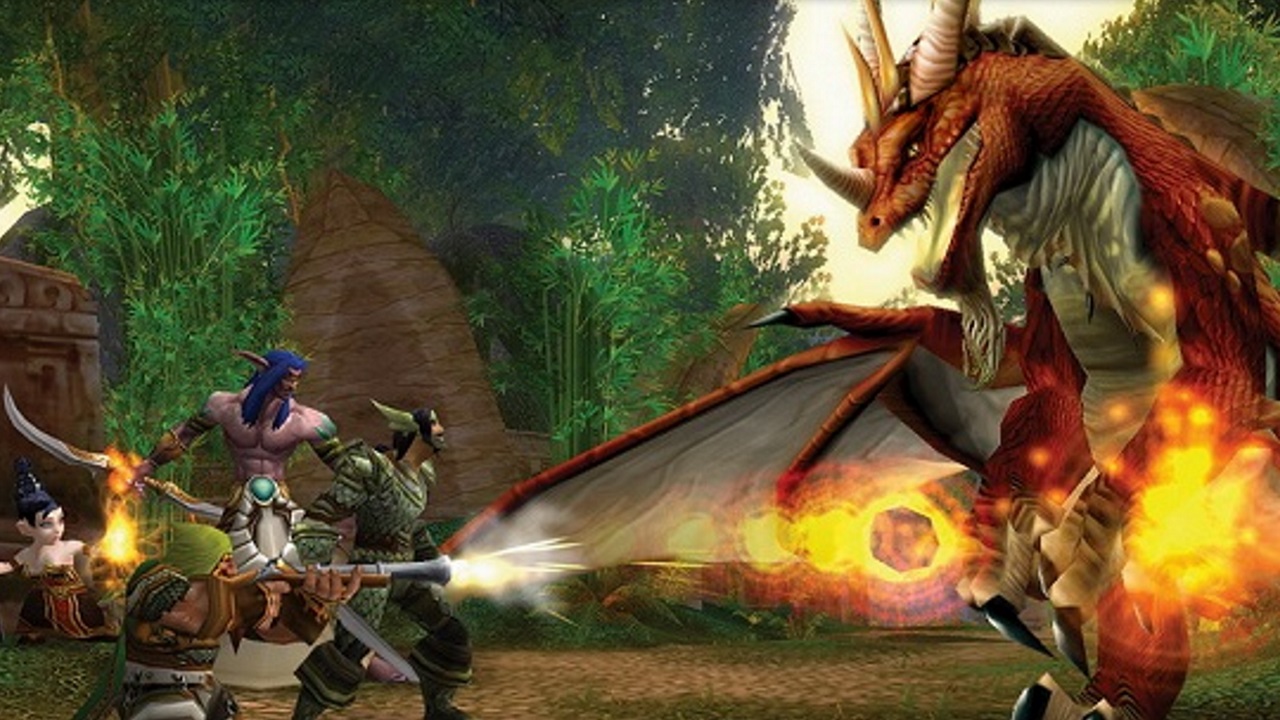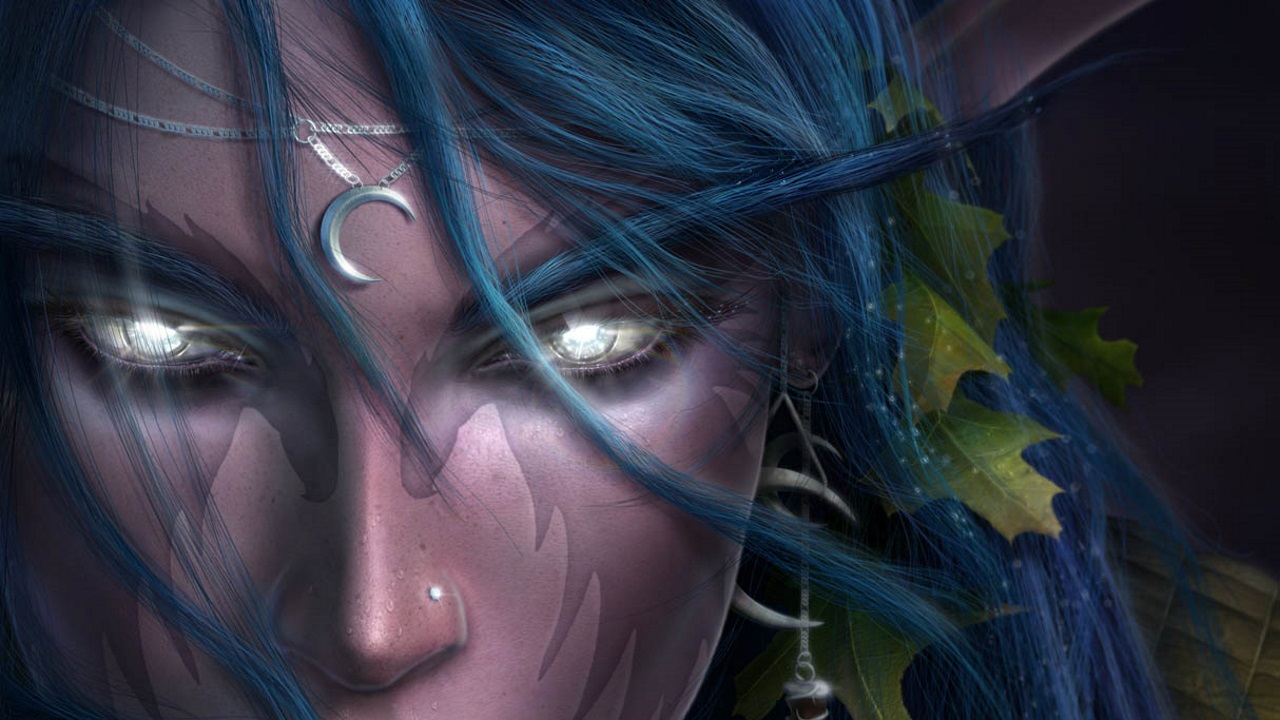
You ever wonder if Blizzard is going to make a World of Warcraft 2? Well, it just did. A small patch at the tail end of World of Warcraft: Legion has completely changed the MMO, and in many ways brings it in line with contemporary, shared world games.
But let's rewind a bit first.
When Blizzard launched the Legion expansion in August 2016, one of the major changes it brought was level scaling. Legion wasn't like previous expansions - or any part of WoW's history - where zones had monsters and quests with designated level requirements. Instead, players could explore most of the new areas at their leisure, completing quests (largely) in whatever order they wanted. One region was reserved for players who had hit the new level cap, and story missions still needed to be experienced in order, though. It was lauded as a massive success, and players enjoyed the newfound freedom.
Patch 7.3.5, which went live on January 16, brings level scaling to the game's old content. This includes not only the Eastern Kingdoms and Kalimdor - the two continents which make up the 'vanilla' game - but all of the zones, quests, and monsters from the Burning Crusade, Wrath of the Lich King, Cataclysm, Mists of Pandaria, and Warlords of Draenor expansions. Let me spell out why this is, as they say, a Big Deal:
Go where you want, when you want

With fewer zone restrictions, leveling a character is no longer a matter of choosing one of two starting areas. I play Alliance and currently have four max-level characters, with five more hovering at levels between 25 and 70. In days past, I'd create a new character (let's say a Night Elf) and immediately set about grinding my way up to level 15 so I could get into dungeons. Once I was out of my starting area, I could pretty much choose to go either to Darkshore or Westfall for questing.
Imagine the boredom - the dead-eyed, listless stare - as I mindlessly clicked through the same dialogue options, collected the same animal pelts, and killed the same ghosts every time I wanted to push my new character through the old content. Yes, there were technically other options about where I could've gone, but such routes were so poorly optimized for gaining XP that they weren't worth the hassle.
But now, with few exceptions, I can go anywhere I want once I'm out of my starting area. I can skip Westfall and head north to Loch Modan. Or, on the flip side, I can stay in Westfall (or plenty of other regions) all the way up to level 60, never departing until I feel satisfied. The sensation is even more freeing once you get to expansion content. Both Burning Crusade and Wrath of the Lich King scale from levels 60 to 80, while Cataclysm and Mists of Pandaria now scale from 80 to 90, so just pick your preferred expansion and have fun. There's no more sighs of "Well, I guess I have to go to Outland now. Shit."
Sign up to the GamesRadar+ Newsletter
Weekly digests, tales from the communities you love, and more
WoW has a story now, and scenery
Okay okay, World of Warcraft always had a story, but it wasn't until the last several expansions - Mists of Pandaria, Warlords of Draenor, and Legion - that narrative had really been pushed to the forefront. If a person had just started playing WoW in 2017, for example, how much would they actually know about the lands they're adventuring in? Not much, I'd wager. There wasn't huge incentive to stick around in the old zones - it was all about ‘how fast can I grind XP so I can get to the real game?’
To that end, many players also saved up their gold (or just sent it to themselves from a more equipped character) so they could buy flying mounts as soon as possible. The moment it was time to move from one zone to the next, you could simply zip into the sky and glide over.
With level scaling, you no longer need to drop questlines mid-way through. This means you can actually slow down and enjoy an area's story without hindering your progress. Those who want to skip every piece of quest dialogue and lore aren't hurt by the change, but more casual players - or those who want to know why things are the way they are - don't miss out. In short: you could just leave poor Timmy to fend off those undead by himself, but it also wouldn't hurt to actually see things through and be a hero.
And because level scaling means WoW is no longer about finding the shortest path between two points, you might even notice, as I did, that you start to take in the scenery a bit more. This is, after all, World of Warcraft, not Treelines of Warcraft.
The game is more accessible for casual and solo players

Once upon a time, it was hard as hell to progress in World of Warcraft without friends or fellow adventurers passing by to cover your back. Although that's slowly been changing over the past 14 years, level scaling is the biggest olive branch extended toward those who don't have the time or inclination to settle into a guild.
Once you're in a zone with quests and monsters scaled to your level, go forth and adventure - that's really all there is to it. There are rare, extra-tough monsters wandering about, and as I pointed out above, there are still level gates to progress through - you can't just zip straight to fighting the Lich King at level 15. But the number of barriers to keep you from going where you want to go, or super hard fights to grind up for, are severely reduced. If a monster is identified as being your level, you can probably take it on.
This is fantastic news for the players who can only devote 30 minutes every other day (or less) to the game, the people who might've played WoW long ago but have since become parents or more busy with professional lives. Instead of logging on and cycling through the same two dungeons on repeat or wondering if they'll find someone who can help them progress, they can immediately tackle a challenge suited to their level. And if you're a solo player who isn't really into the whole social aspect of an MMO, You can now think of WoW as one great big open-world RPG with a customizable silent protagonist.
Fulfill your destiny

WoW isn't still going purely because it hit pop culture phenomenon status in the mid-00s. Throughout its long lifespan, Blizzard has tried to reevaluate, revamp, and readjust the game to keep up with the times. Sometimes successfully (Legion), other times less so (Cataclysm). But this latest effort makes WoW feel like a modern game, with contemporary values.
WoW is not an MMORPG anymore - or at least, certainly not a traditional one where you rely on parties to complete content and have to possess intricate knowledge of mechanics and class balance. It exists in a space where worlds are shared with others but how you go about experiencing them is solely up to you. Granted, these are elements many shared-world / quasi-MMO / 'games as a service' games possess. But few pull them off in so satisfying a manner as Blizzard has.
Through patch 7.3.5 and level scaling, Blizzard has taken the best parts of modern game design and grafted them onto its fantasy world of elves, orcs, dwarves, elves, trolls, more elves, gnomes, and... two more kinds of elves. This is the beginning of a new era for World of Warcraft, and one I hope you'll join me in exploring, whether you're a hero returning from a prolonged period of absence or a brand-new adventurer just stepping into their first pair of Novice's Pants.
Sam is a former News Editor here at GamesRadar. His expert words have appeared on many of the web's well-known gaming sites, including Joystiq, Penny Arcade, Destructoid, and G4 Media, among others. Sam has a serious soft spot for MOBAs, MMOs, and emo music. Forever a farm boy, forever a '90s kid.



